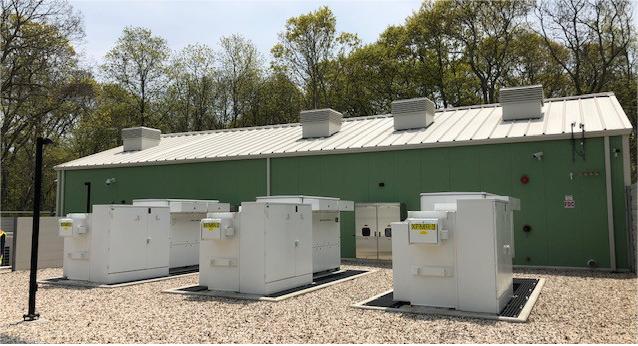
3 月 . 02, 2024 10:41 Back to list
Battery energy storage systems
Battery energy storage systems (BESS) have become a crucial component in the world of energy production and consumption. BESS is an innovative technological solution that enables energy to be stored in batteries in multiple ways for later use. This is essential as energy supplies can experience fluctuations due to various factors like weather, blackouts, or geopolitical reasons. Therefore, battery systems play a vital role in ensuring a continual power flow for utilities, businesses, and homes. They are no longer just an afterthought but rather an important pillar of any energy strategy, particularly those utilizing renewable solar power. Solar power has the limitation of being dependent on sunshine for production, making battery energy storage vital in storing solar energy produced during the day for use at night, ensuring a consistent power supply.
The operation of a battery energy storage system (BESS) is quite straightforward. Batteries receive electricity from the power grid, power stations, or renewable sources like solar panels and store it as current to release later when needed. When coupled with software, BESS batteries can become platforms that combine energy storage capacity with intelligent management through AI, Machine Learning, and data-driven solutions. This integration enhances the flexibility in energy usage, allowing users to adapt to fluctuations in supply and demand, ultimately contributing to offsetting climate change. BESS systems promote the deployment of renewable energy sources, leading to reduced carbon emissions and potentially lower costs for businesses and households.
Numerous advantages come with using battery energy storage systems in the energy sector. One significant benefit is making renewable energy more reliable and viable by smoothing out fluctuations in solar and wind power supplies. This ensures a continuous energy supply regardless of weather conditions, providing a steady power source around the clock. Battery storage systems also shield users from grid fluctuations that could disrupt energy supply. Additionally, the installation of battery storage systems powered by renewable energy helps reduce pollution, contributing to the global energy transition and combating the effects of climate change. The ability to store low-cost energy and consume it during peak periods allows users to shift their consumption and avoid higher charges, resulting in cost savings, especially when combined with free solar power.

Battery energy storage systems are instrumental in reducing dependence on the grid, guaranteeing a consistent energy supply even during times when the grid faces instability due to demand spikes or adverse weather conditions. Moreover, the resilience of BESS is evident in providing emergency backup during power outages, ensuring business continuity. There are two main types of battery energy storage systems-Behind-the-Meter (BTM) systems and Front-of-the-Meter (FTM) systems. BTM systems are smaller, installed on the user's premises to enhance energy supply stability and cut costs. They can also supply energy back into the grid if allowed by local regulations, creating an additional revenue stream. In contrast, FTM systems are larger, directly connected to the power grid, and often belong to utilities, assisting in resolving network congestion or serving as an alternative to new power line construction.
Battery storage systems typically last between 5 to 15 years, and to ensure sustainability, they must be fully sustainable themselves. As part of the energy transition solutions, recycled batteries can create environmental and economic benefits, aligning with Circular Economy principles. Incorporating battery energy storage systems with distributed generation systems is made seamless through optimization software like ACDC's DER OS, suitable for various energy resources integration. This software can be easily integrated into existing systems, such as solar photovoltaic systems, offering effective solutions for all energy scenarios. Integration of battery storage with distributed generation systems is crucial for optimizing energy usage and efficiency in modern energy landscapes.
-
Unraveling the Power of EMS Energy Management Systems
NewsOct.23,2024
-
Unleashing the Potential of Power System Management and Smart Energy Solutions
NewsOct.23,2024
-
Smart Energy Mastery: Unleashing the Power of Controls
NewsOct.23,2024
-
Smart Energy Management: Unleashing the Power of Energy Management Systems and BMS Energy
NewsOct.23,2024
-
Powering Progress: ADMS, Intelligent Management & More
NewsOct.23,2024
-
Energizing the Future: Devices, Smart Management & Savings
NewsOct.23,2024


